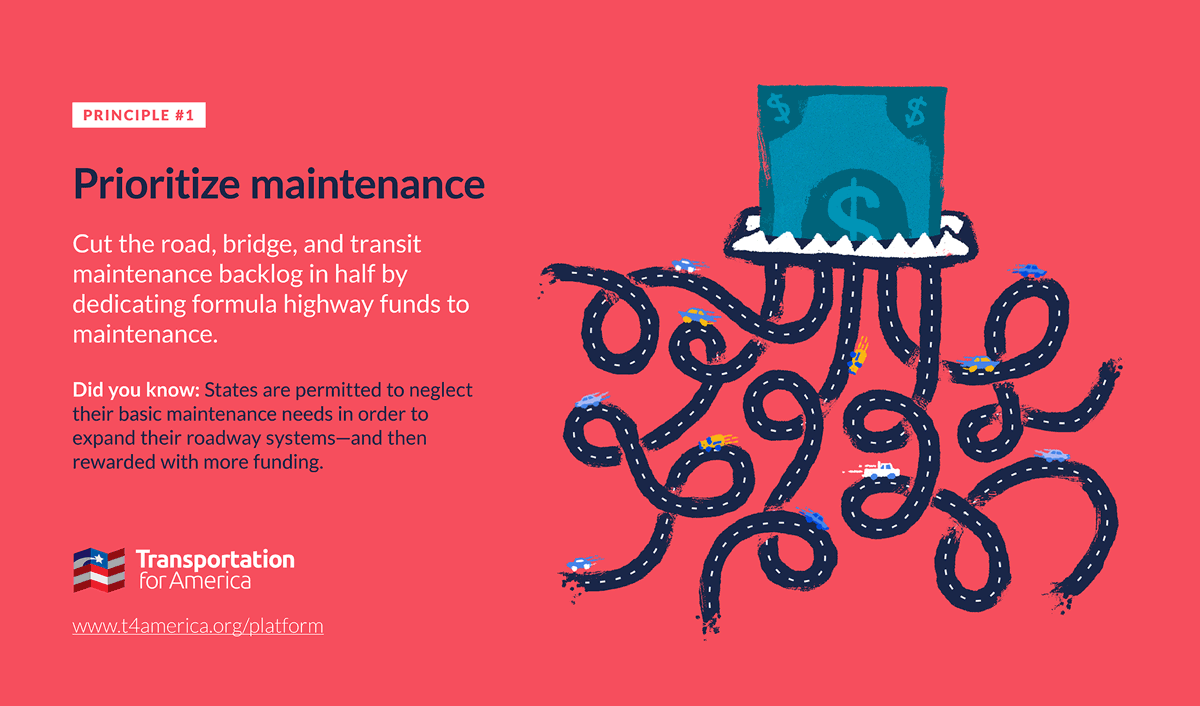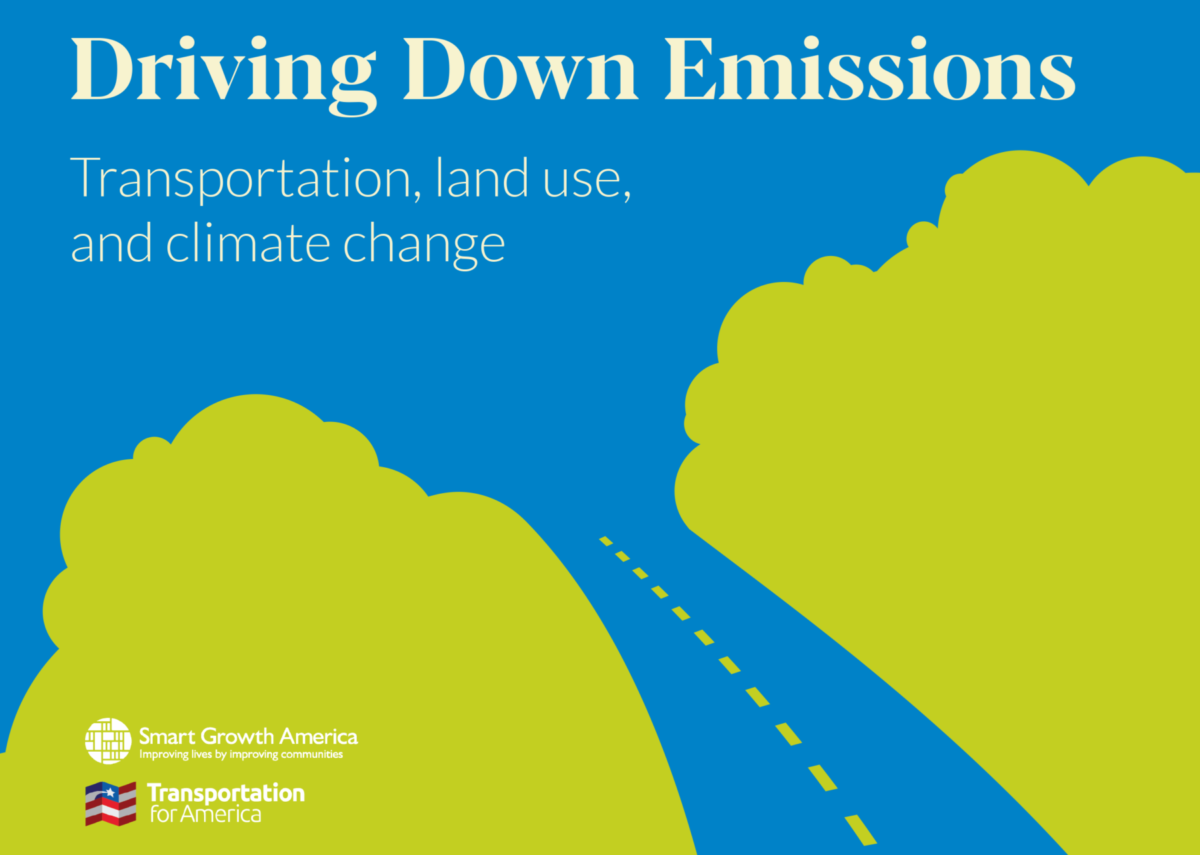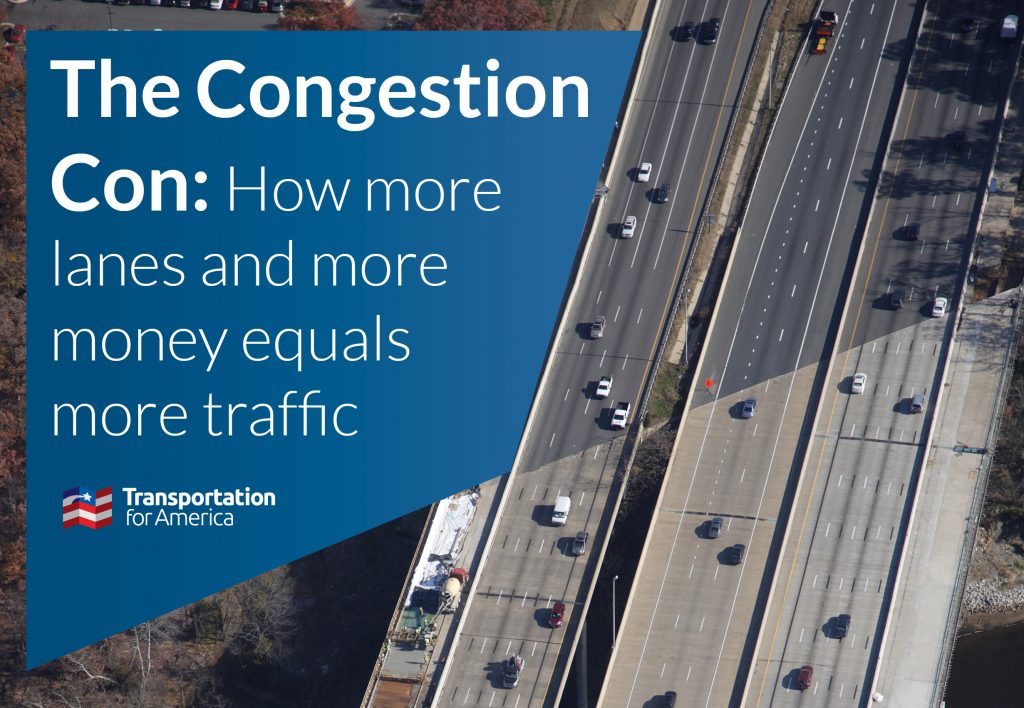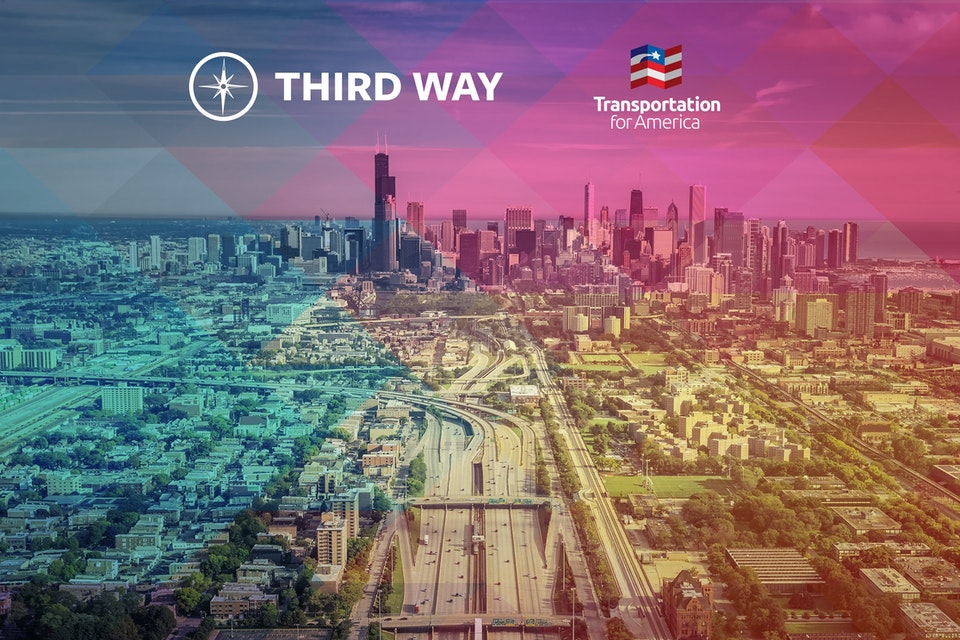Posts Tagged "emissions"
Congressional briefing emphasizes electrification and public transit to meet climate goals
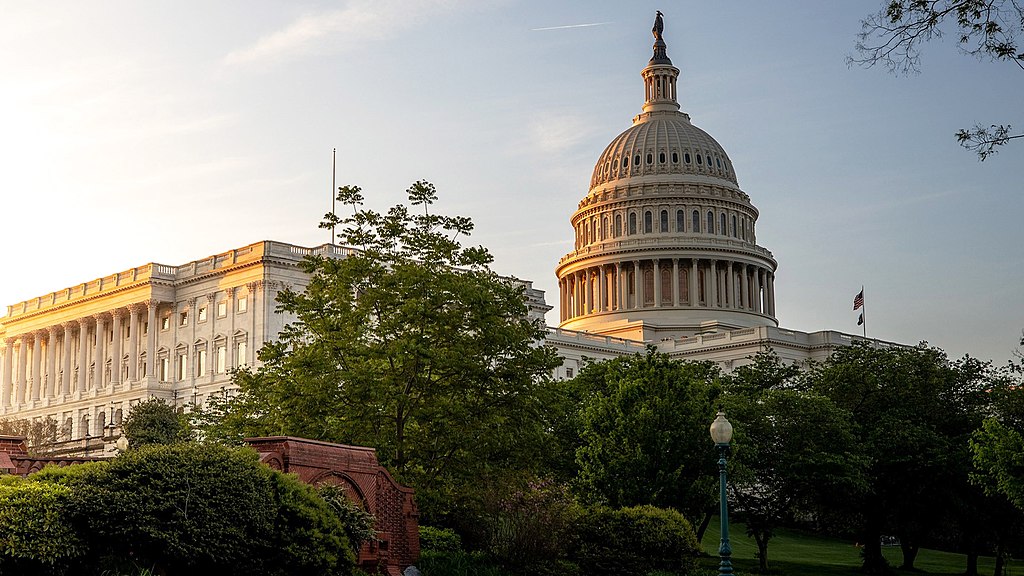
54 years since the first Earth Day, the US is still focusing on highway expansion. In light of increasing greenhouse gas (GHG) emissions, due in part to the Infrastructure Investment and Jobs Act (IIJA), Transportation for America and its partners engaged the Future of Transportation Caucus to brief Congress on transportation decarbonization. We explained that to truly decrease emissions we need to electrify transportation systems and replace car trips with other modes of transportation.
There’s a climate cost to America’s freeways, and it’s not paid equally
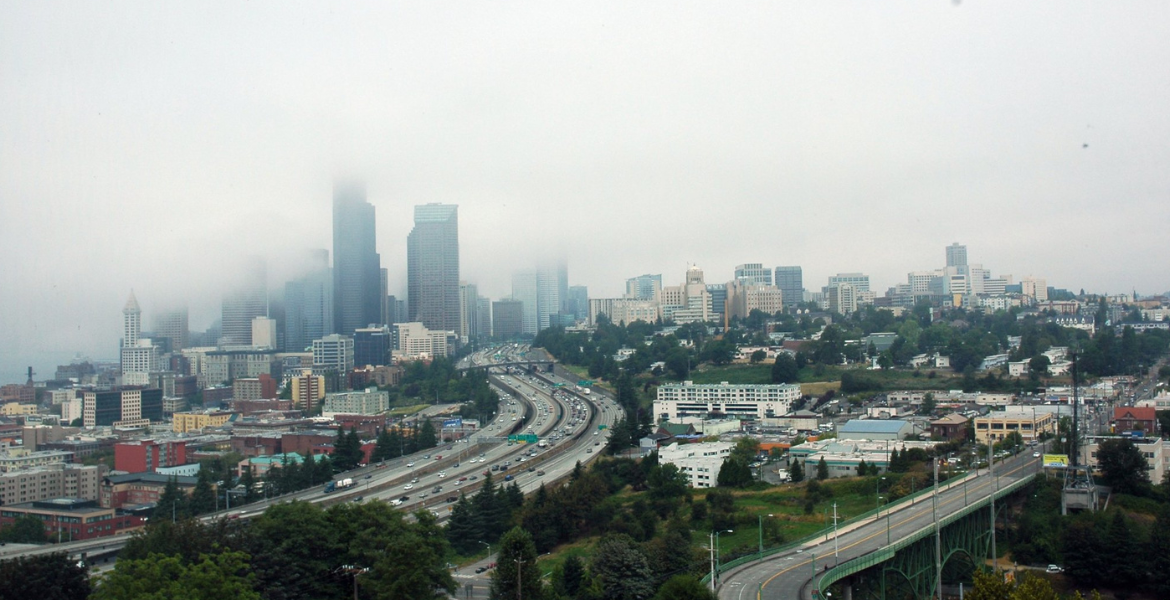
The environmental impacts of the Interstate Highway System continue to harm communities of color through health hazards, pollution, and displacement.
FTA helps deliver more buses for less
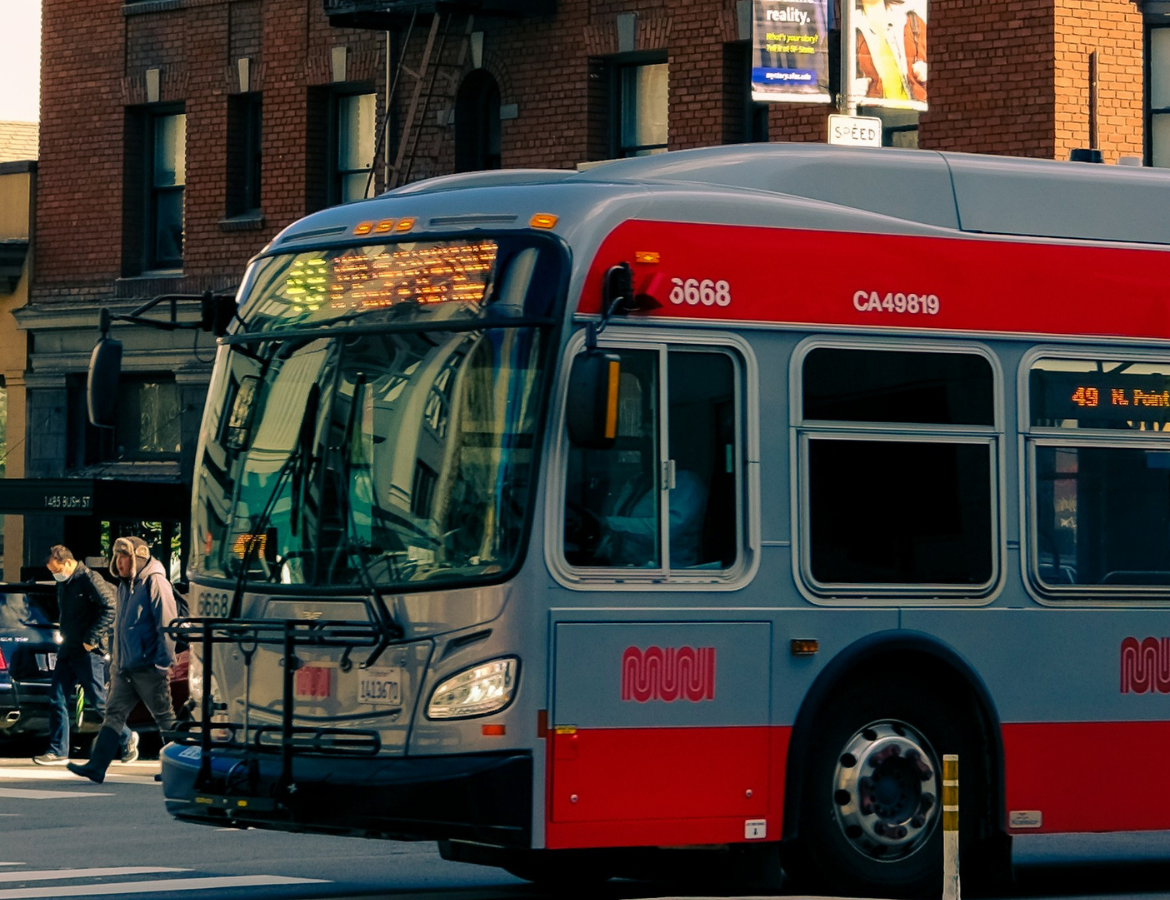
The Federal Transit Administration is working hard to ensure that the next rounds of the Low or No Emissions Grant Program and Buses and Bus Facilities Program do the most for riders—and the climate. Here’s how.
The IIJA is a climate time bomb. Will states defuse it?

Despite the transportation sector being the biggest emitter of U.S. greenhouse gasses, our AI-powered analysis of over 57,000 infrastructure law-funded state projects shows that over a quarter of the law’s formula dollars are funding highway expansion projects that will drastically increase emissions. Will states reverse course with the last two fiscal years of funding?
Takeaways from the Smart Growth Electrification Roundtable
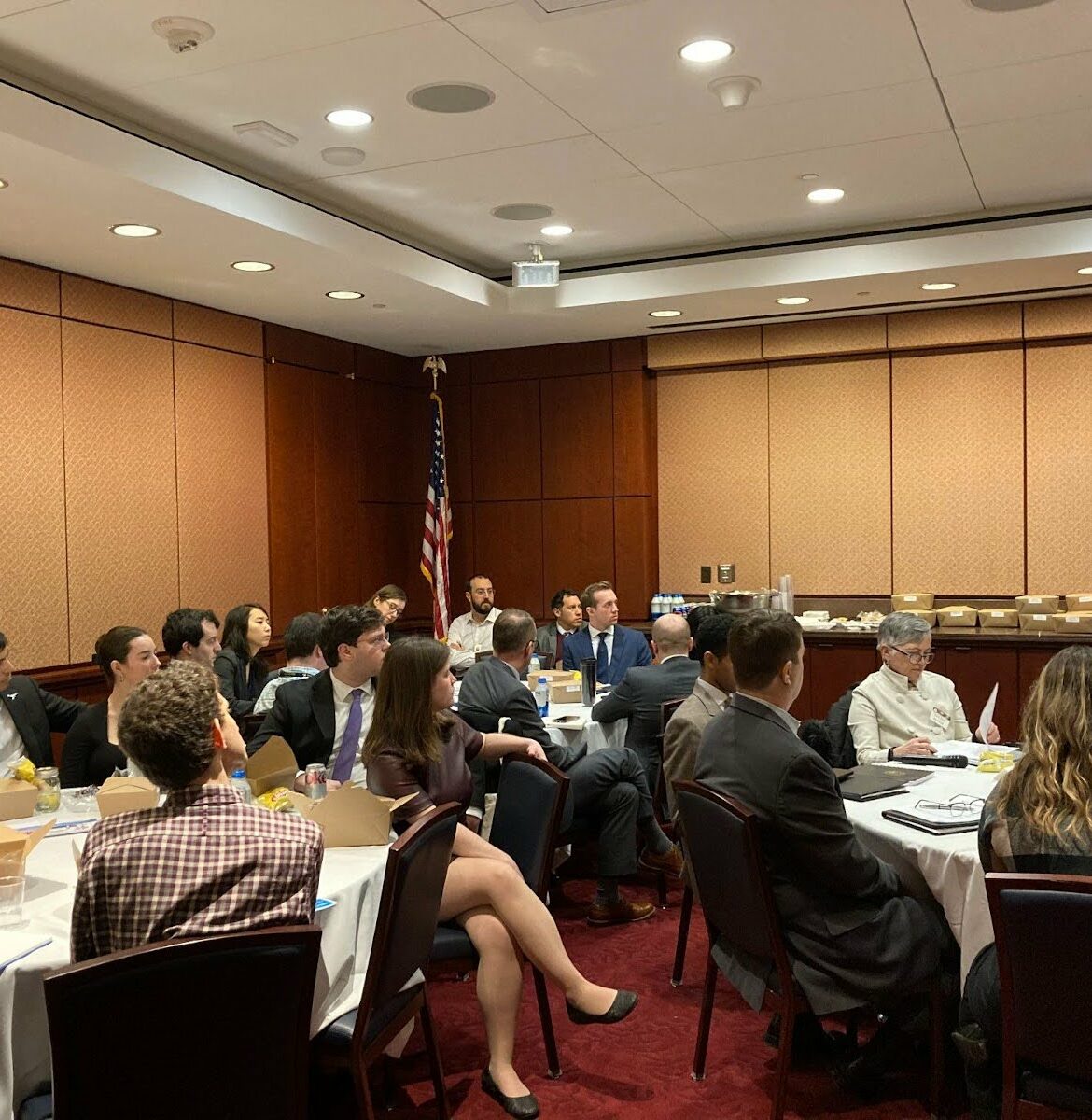
On January 23, 2024, Transportation for America, in partnership with the Bicameral Electrification Caucus, organized a roundtable discussion on Capitol Hill on the vital connection between smart growth and transportation electrification, and the strategies that need to be prioritized to achieve transportation equity and decarbonization goals in the next transportation reauthorization. When it comes to decarbonizing transportation it’s not about either-or. We need both electrification and more mobility choices to meet our emissions targets.
Will EPA’s proposed emissions rule go up in smoke?
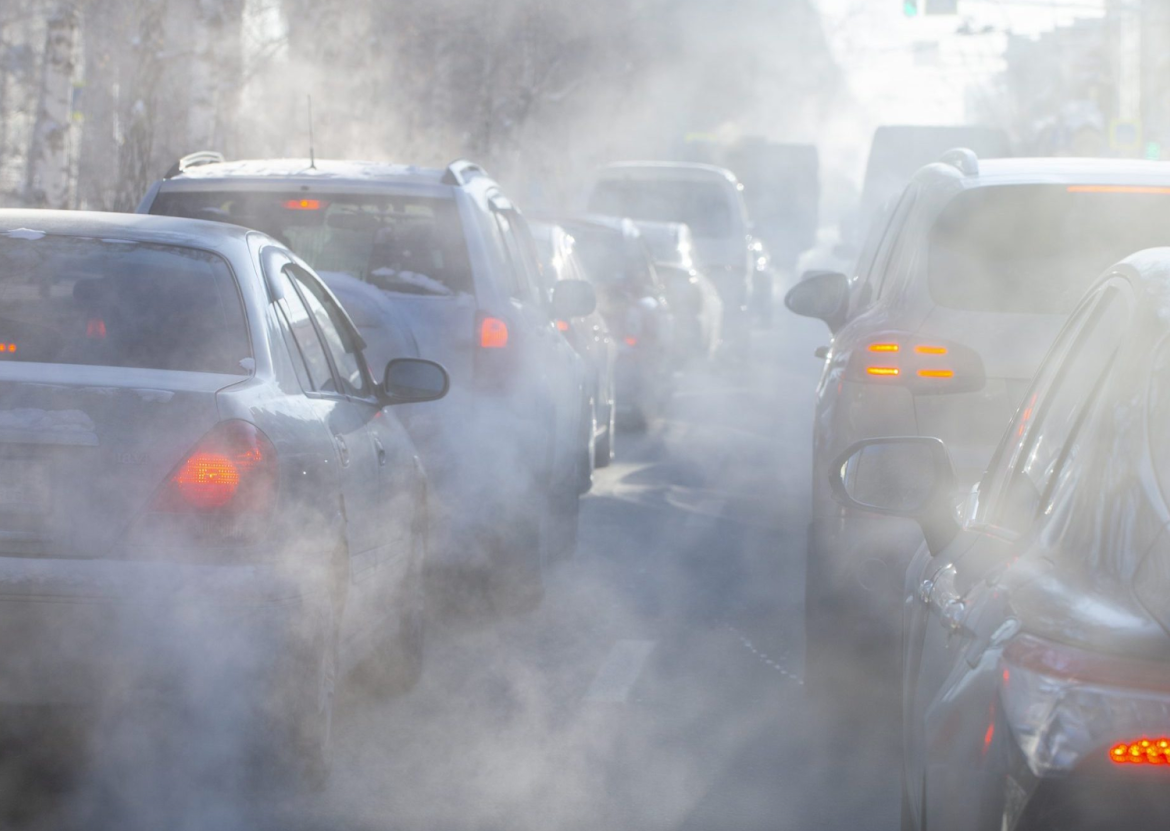
The EPA’s proposed tailpipe regulations could reduce carbon emissions across all types of vehicles over the coming decades. While reducing emissions produced on the road can only be part of our national climate strategy, the EPA’s rule could be a boon for communities thanks to the benefits of zero emissions vehicles. However, recent opposition means this rule’s future could be at risk.
How Minnesota set a national example in climate legislation
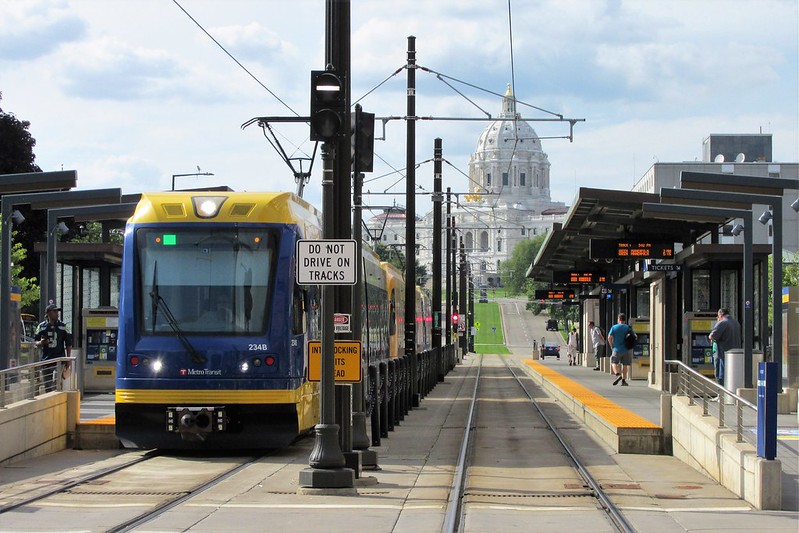
Minnesota made waves last week by passing a landmark transportation spending bill that will fund transit expansions and passenger rail service while reducing transportation emissions. The law, which was passed by razor-thin margin, serves as a blueprint for transformative transportation legislation.
Greener Fleets: How federal dollars can supply the demand for clean transit
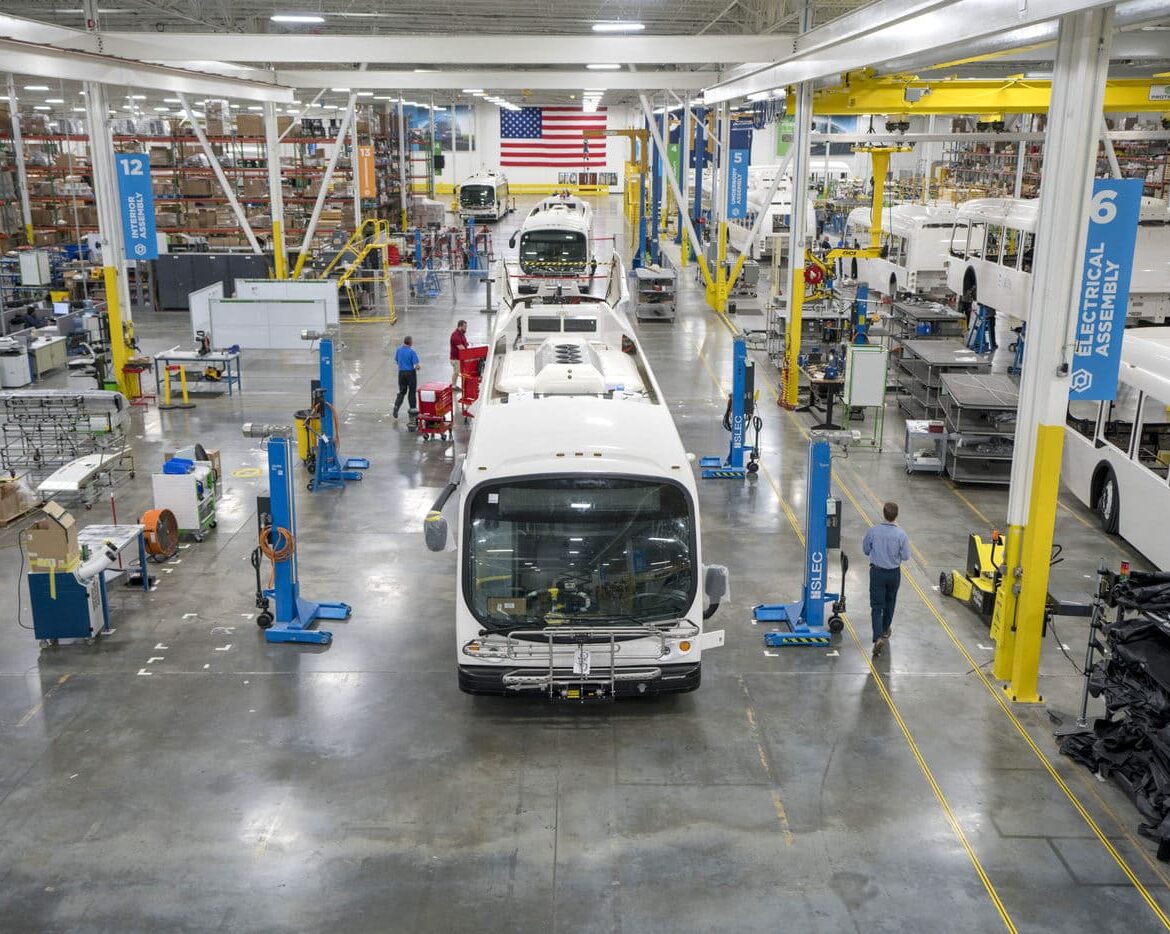
The Low and No Emission Vehicles (Low No) program saw a big increase in funding in America’s historic infrastructure law, but an outdated and arbitrary requirement is pushing transit agencies toward buses that still pollute. Here’s how Congress and the Federal Transit Administration can avoid locking in emissions for years to come.
Is the federal government squandering clean transit funds?

A new report shows splitting clean transit funds between zero-emission vs. low-emission is holding U.S. transit agencies back from cleaning up the bus fleet.
Electric carshare program meets multiple needs

As the Biden administration invests in transportation electrification, the Twin Cities’ electric carshare program serves as a model for supporting the electric vehicle transition in a way that delivers affordable access to EVs for more people.
No time to lose: Federal rule ready to boost awareness of transportation emissions
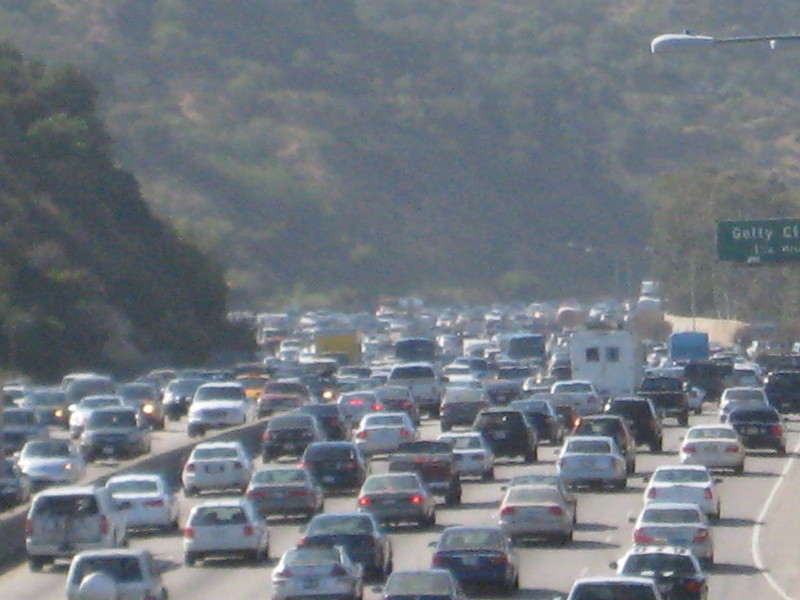
Comments close tomorrow 10/13 on a greenhouse gas emissions rule that could reestablish sunlight and accountability for transportation’s impact on climate change. Here’s what’s next for the proposed measure.
Four ways states and the Biden administration can curb transportation pollution
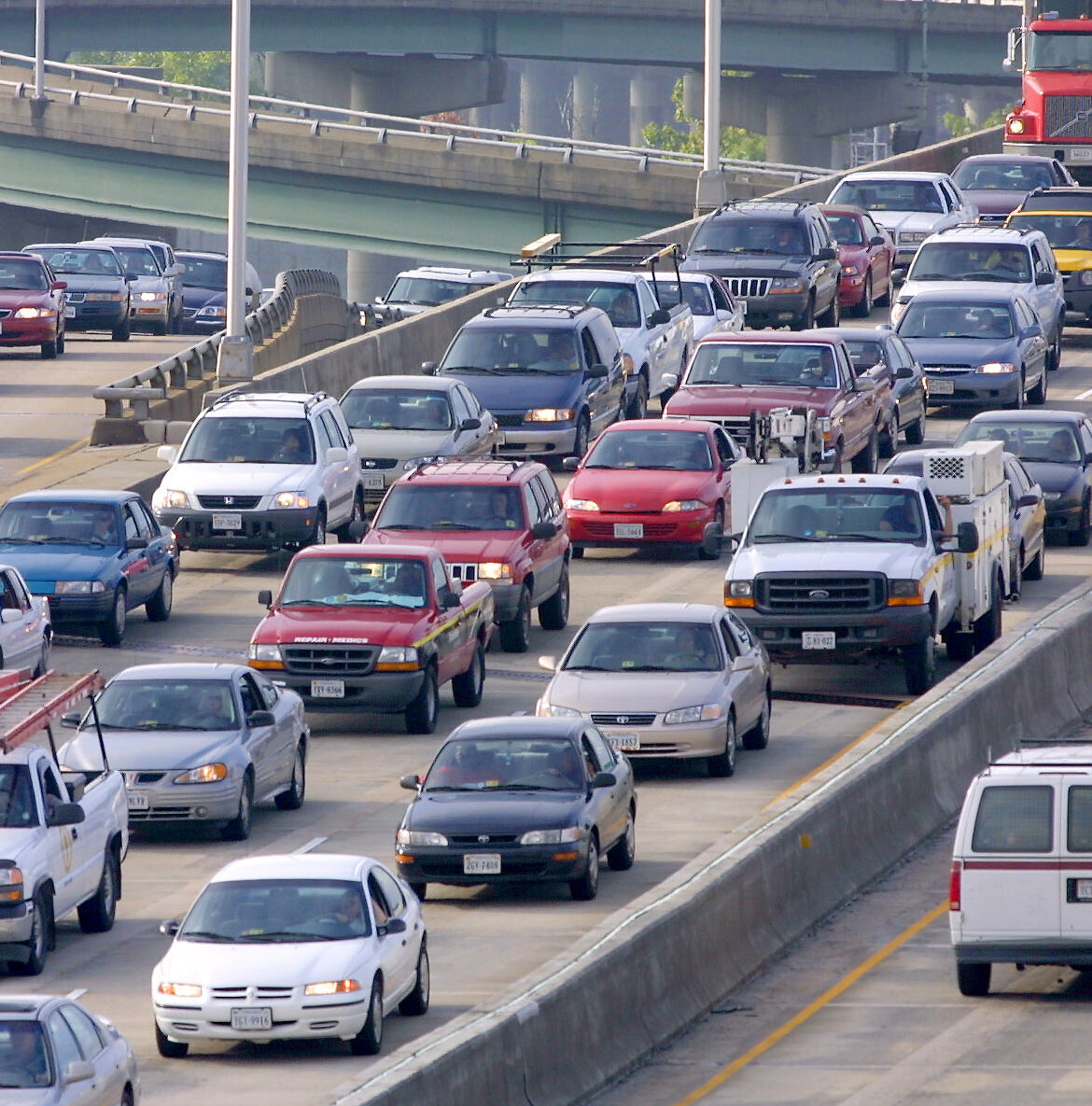
Last month, the US Department of Transportation (USDOT) proposed a new rule that will require states to measure and set goals for reducing greenhouse gas emissions associated with highways. Here are four ways the administration and the states can lead the way in realizing its full potential.
When gas prices rise, choice matters
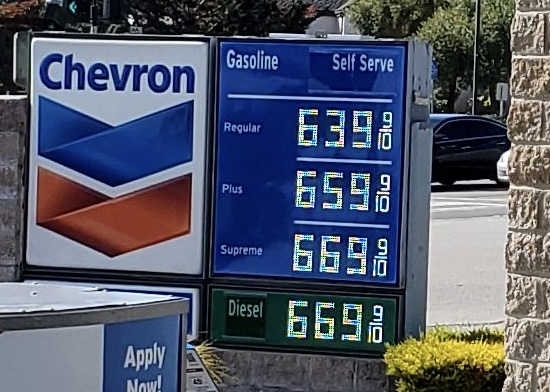
High gas prices put pressure on many Americans’ finances. Unfortunately, the cost of gas depends on a variety of factors, and there’s no silver bullet. Focusing on ineffective short-term solutions can often distract from the long-term problem: when the places we live are designed only for car travel (and longer trips), Americans are forced to pay the cost.
The infrastructure law is not climate legislation, but states could make it green
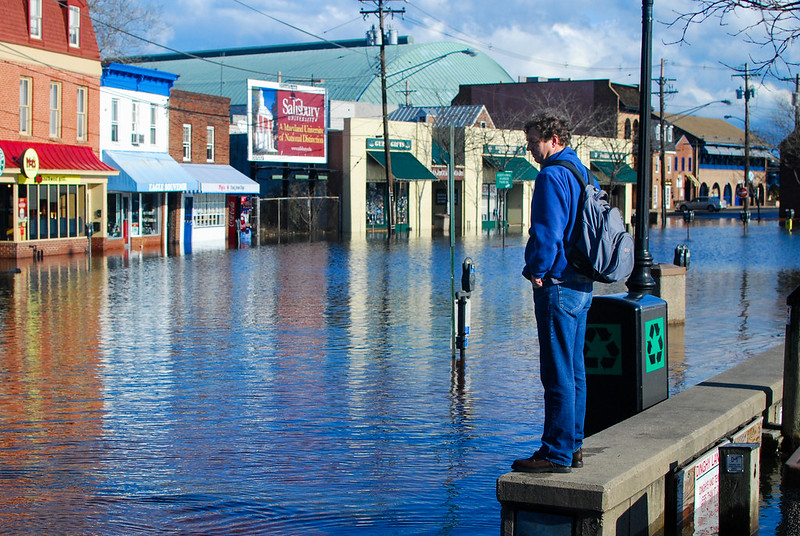
Though distinctly not serious about fighting climate change, the Infrastructure Investment and Jobs Act (IIJA, the infrastructure law) can still help lead to some decent climate outcomes if states and metro areas make the choice to prioritize doing so with their flexible funding.
Transit adaptability during the COVID-19 pandemic
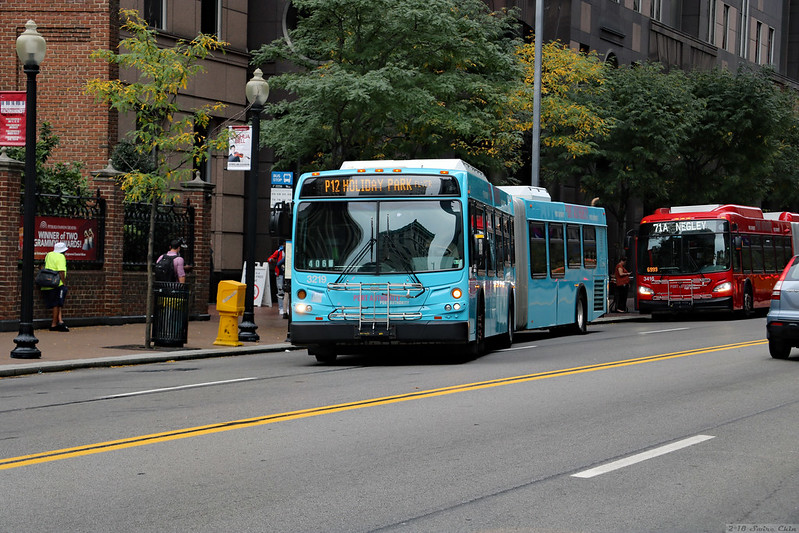
Transit agencies across the United States have struggled with decreased ridership, safety hazards, and low morale as a consequence of the COVID-19 pandemic. Yet some have responded by changing their approach to better serve everyday riders, make transit free or more affordable, and rethink what the future of transit should look like to reduce emissions and provide access for those who need it most.
Reducing emissions with better transit, part three: Examples from leading cities
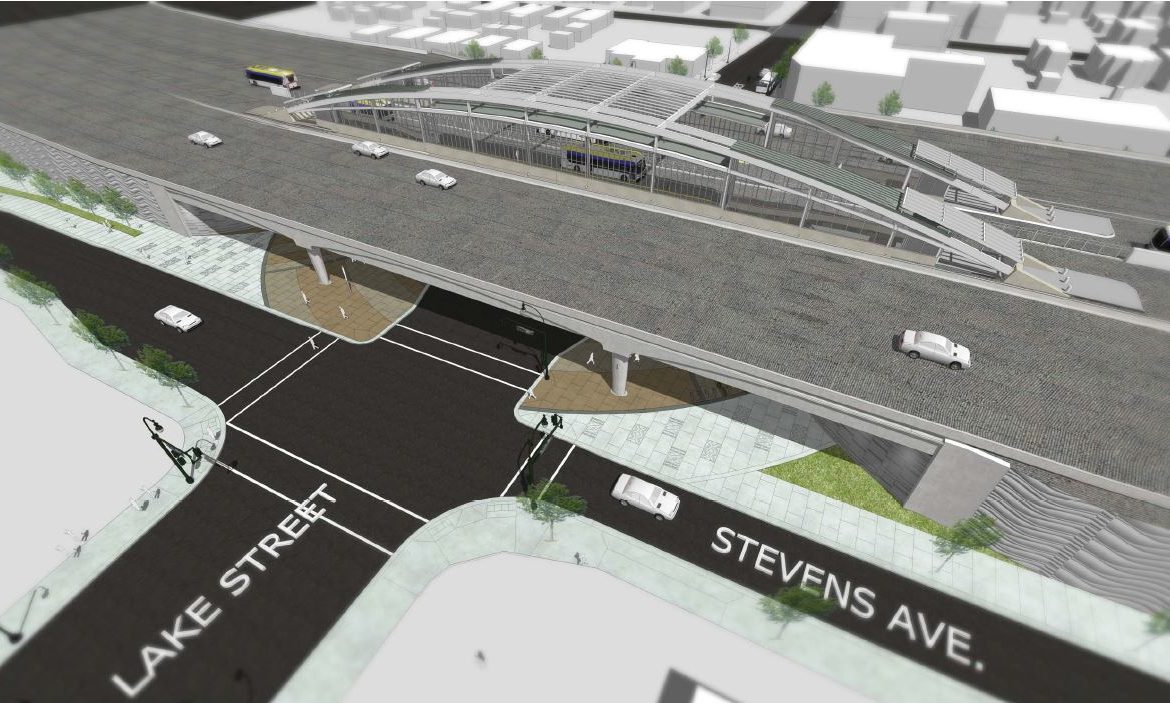
reater transit use is key for lowering emissions, and cities across America are reconsidering how they serve their residents with public transit—and the land uses that encourage better service and ridership. Several cities are laying the groundwork to make this happen—even outside of the “transit hotspots” one may expect.
Electric vehicles are good for emissions, bad for advancing equity
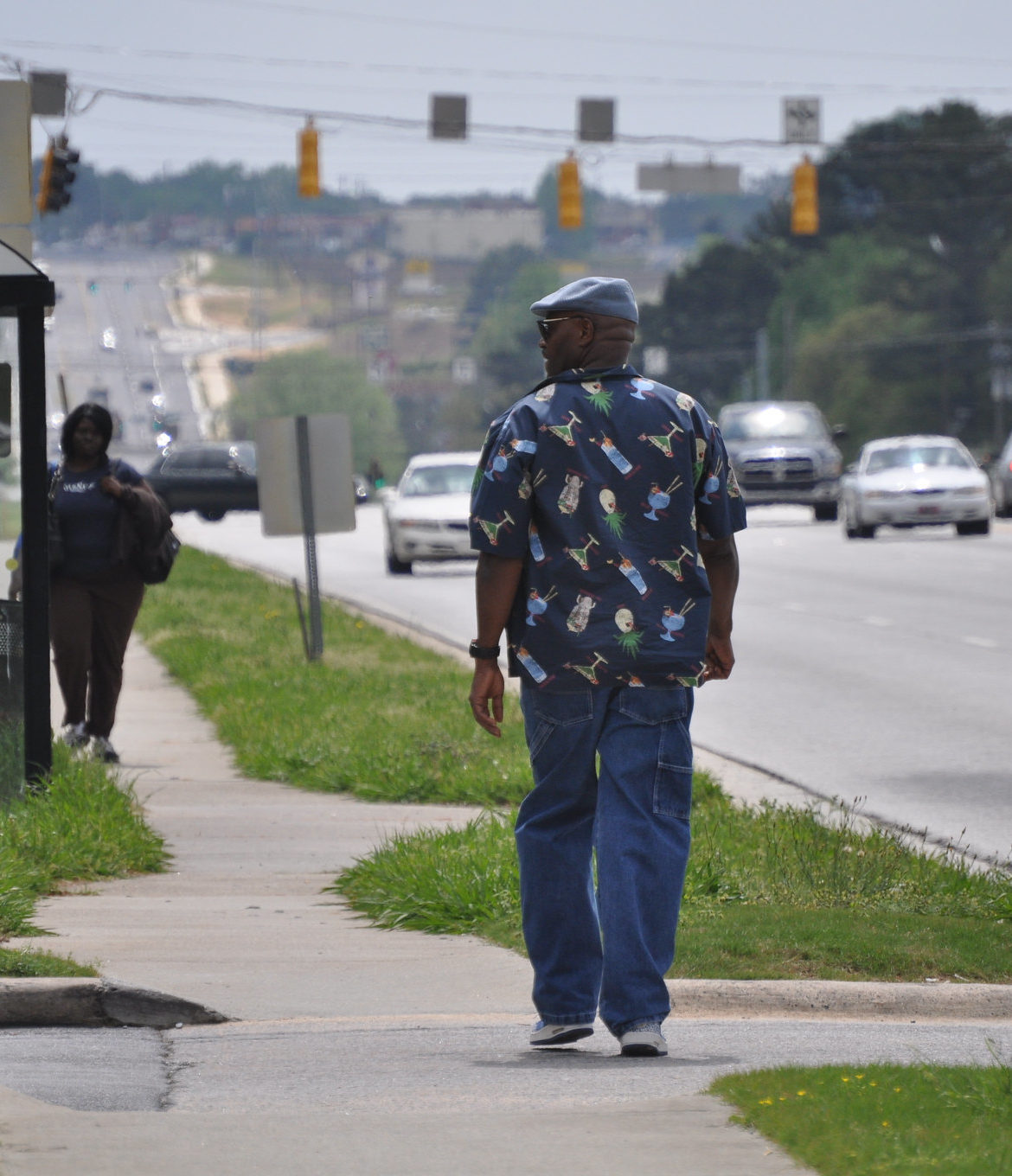
Climate funders, electric vehicle industry groups, and environmentalists are rightly confronting the question of how to address equity in the electric vehicle space. They may not like the answer.
More highways, more driving, more emissions: Explaining “induced demand”
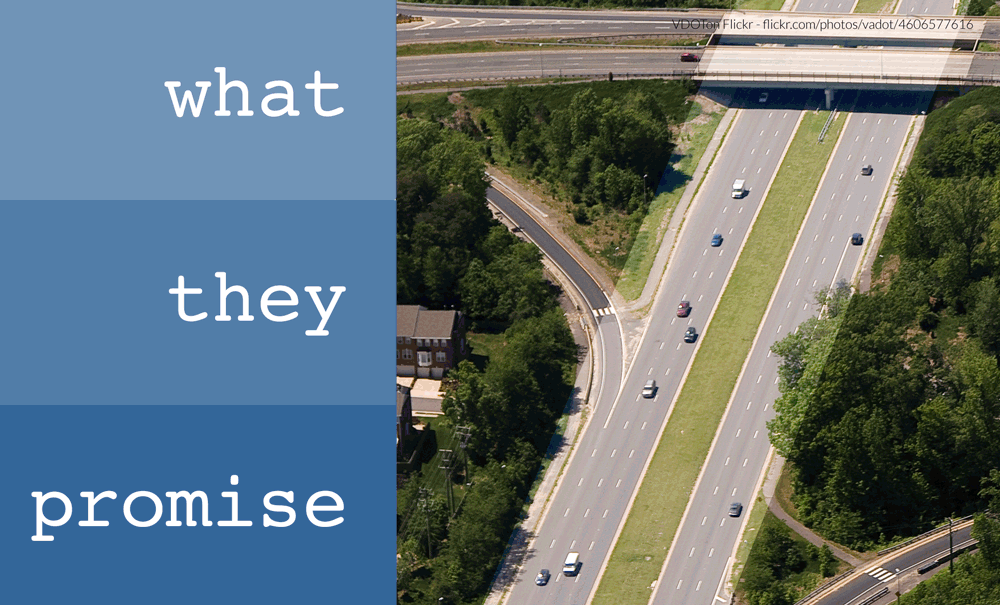
Even if we hit the most ambitious targets for changing our cars and trucks over to electric vehicles, we will fail to meaningfully reduce emissions from transportation without confronting this simple fact: new roads always produce new driving. This costly feedback loop referred to as “induced demand” is the invisible force short-circuiting the neverending attempts to eliminate congestion by building or expanding roads.





